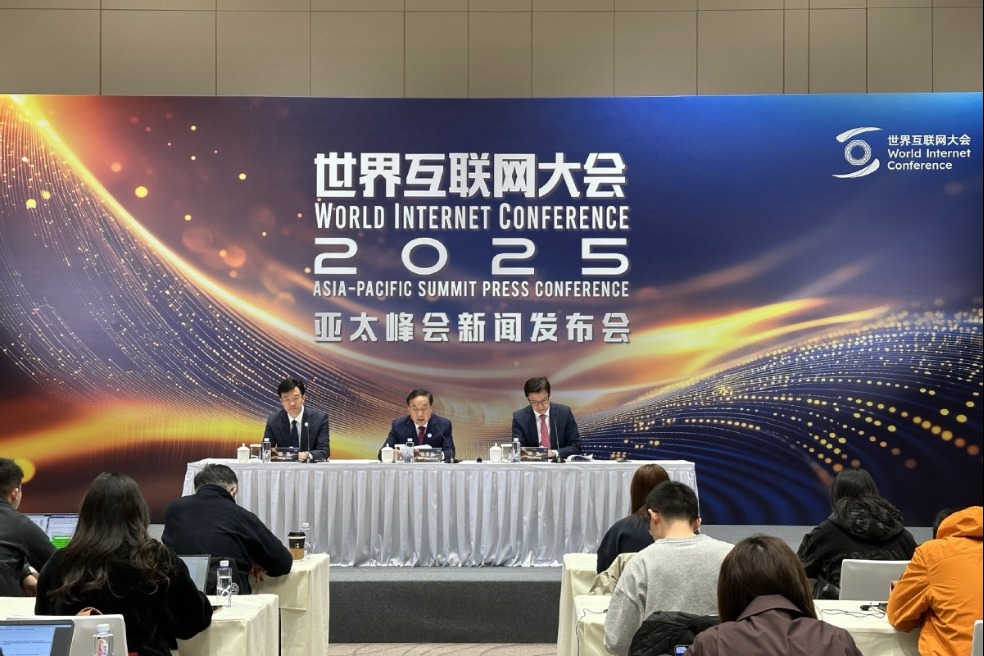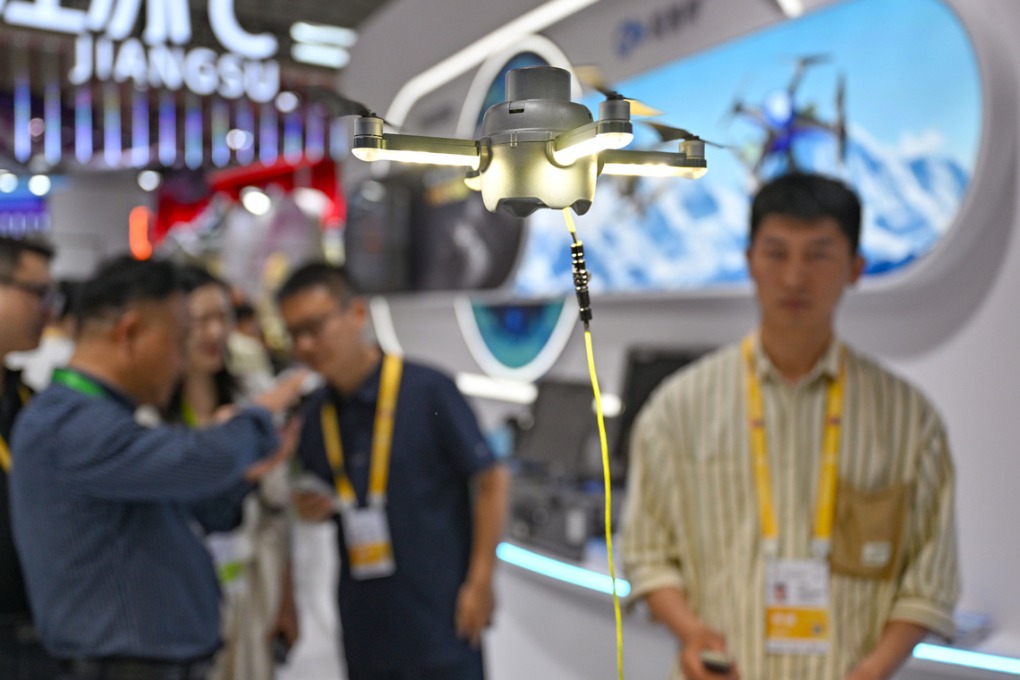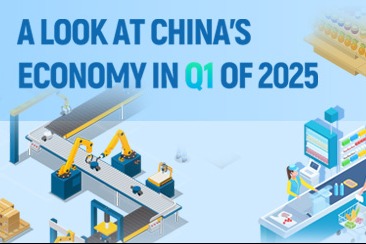Experts see tightening of money supply

Keeping it to single digits will help to bolster economy, rein in nation's debt
China is likely to set the slowest money growth target in history, at around 9 percent, next year after top policymakers pledged to control the "master valve" of total money supply, which is recognized as the origin of the surging debt burden and the trigger of asset bubbles.
Economists, who were involved in high-level policy discussions before the tone-setting annual Central Economic Work Conference last week, told China Daily the signal that the debt level will continue to be reduced is "very obvious", based on a statement after the conference highlighting that "prudential monetary policy should remain neutral".
It is not only the top goal of 2018 but also a target for the next three years, as financial risks become the largest threat of China's economic stability in the medium term and long term, Li Yang, director of the National Institution for Finance and Development of the Chinese Academy of Social Sciences, who participated in the policymaking process, told China Daily.
"A single-digit growth rate of broad money supply, or M2, is likely in the coming year, which will be close to its real growth this year," Li said.
By the end of November, China's M2 growth rate was 9.1 percent, much less than the year target of "about 12 percent", dropping from 11.3 percent in 2016 and 13.3 percent in 2015, according to data from the People's Bank of China, the central bank.
The deleveraging process bore fruit this year as shown in the relatively lower growth rate of M2, Yi Gang, vice-governor of the central bank, said on Saturday.
"The 9.1 percent growth is normal, which is at a proper level for supporting real economy development. It also needs to consider the total social financing and yuan-denominated loans, along with the need of deleveraging," he said.
China started to use M2 as one of the intermediate targets for monetary policy fine-tuning in 1994, and during the past decade the annual M2 targets were between 12 percent and 17 percent.
The monetary authority is considering replacing M2 with a series of interest rates to monitor monetary policy and to achieve the final targets of stable prices and sound economic growth, Yi said.
"The seven-day repo rate and 10-year treasury bond rate become more important to determine asset prices and the market-oriented reform of interest rate liberalization is steadily advancing," he said.
Vice-Minister of Finance Zhu Guangyao, said at a forum on Saturday that M2 is the "key indicator" to ensure a "prudential and neutral" monetary policy.
Sun Guofeng, head of the financial research institute affiliated with the central bank, said that monetary policy will play a significant role in forestalling major risks in China, which is one of the three policy priorities for the next three years, along with targeted poverty reduction and pollution control. Financial risks mostly come from corporate indebtedness, local governments' "implicit debt" and banks' non-performing loans.
Chen Daofu, deputy director of the Research Institute of Finance with the State Council's Development Research Center, said the growth of bank loans and total social financing should be limited within a reasonable range to satisfy the real economic growth but not to boost additional asset bubbles.
"The deleveraging process is far from the end," he said.
The country's monetary authority will closely oversee the liquidity situation, al though huge fluctuations of market interest rates are unlikely, given an expectation of a stable economic growth and the yuan's exchange rate in 2018, Huang Yiping, a member of the central bank's monetary policy committee, told China Daily.
Financial regulation is expected to be further tightened next year, when more detailed rules will be released on asset management products.
Value-added tax at a rate of 3 percent will also be levied on those financial products beginning in January, which is expected to curb interbank borrowing among financial institutions and may lead to liquidity risks.
In terms of the global economic environment, the US tax cut program and potential interest hikes by the Federal Reserve may also squeeze liquidity in Chinese financial markets.
Flexible policy fine-tuning by using innovative monetary tools is possible to prevent big shocks, economists said.
Contact the writers at [email protected]




































